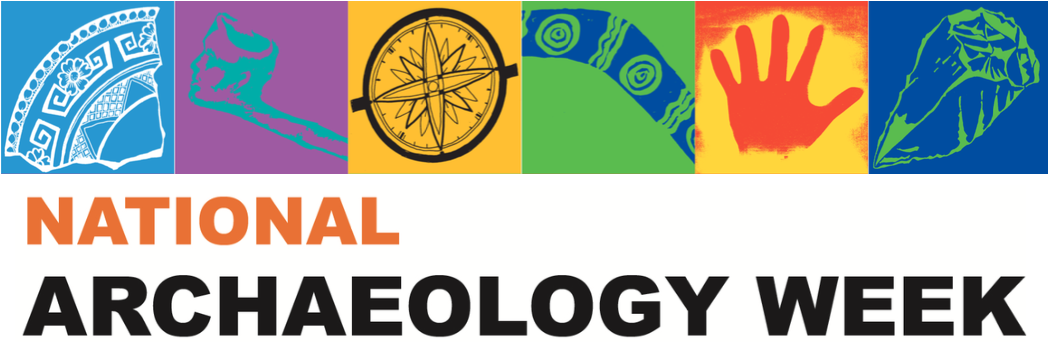Presented by Anna Kreij, James Cook University
Burning is a key Aboriginal landscape management technology that has shaped Australian biodiversity over millennia. In northern Australia, traditional Aboriginal burning technologies are characterised as a patchwork of small-scaled, low-intensity fires lit across the landscape throughout the dry season. However, most records of Aboriginal fire technologies originate from Arnhem Land, Kakadu and the Kimberley region, and therefore, do not provide a nuanced representation of Aboriginal fire technologies across northern Australia. To extend the current view of Aboriginal fire technologies, this project investigates burning practices on Kaiadilt country in the South Wellesley Islands, Gulf of Carpentaria, northern Australia.
This presentation will focus on the use of satellite data to extract information about past fire events. Spectral signatures of known fire events are used to assess techniques for identifying burnt areas, or fire scars, on Kaiadilt country. Various image classification techniques and spectral indices are tested against a validation dataset in a Geographic Information System (GIS) to determine a reliable and efficient method that can be applied to an automated fire scar identification procedure in Google Earth Engine. It is demonstrate how satellite data can provide a non-invasive alternative to observe past land management techniques, monitor current land management practices and support research, cultural heritage management and carbon farming initiatives.
ARC Centre of Excellence for Australian Biodiversity and Heritage (JCU Node) / Tropical Archaeology Research Laboratory / University of Papua New Guinea Seminar Series
When: 1-2pm (Cairns time, AEST), Friday 22 May 2020
Where: Join via Zoom https://espaces.edu.au/tarl/seminars?platform=hootsuite
